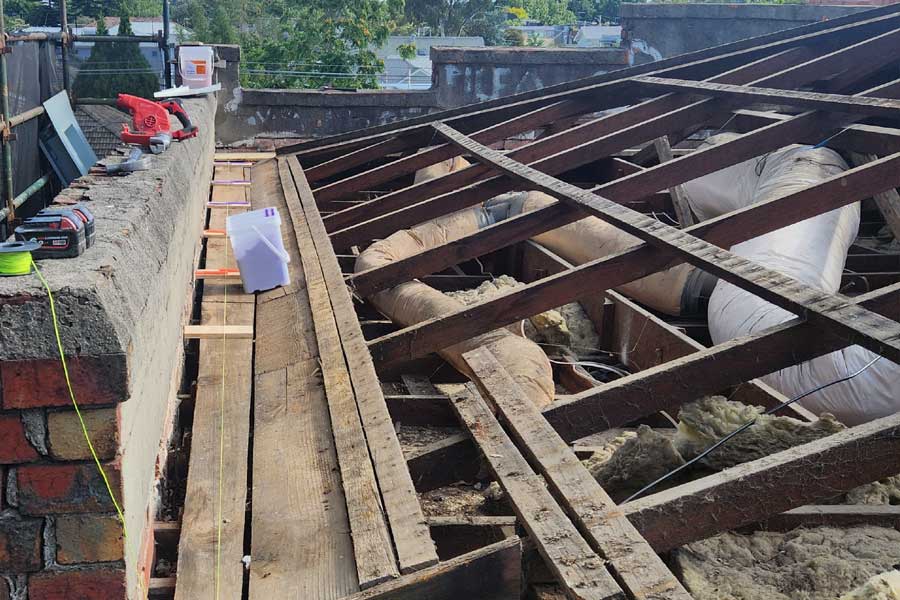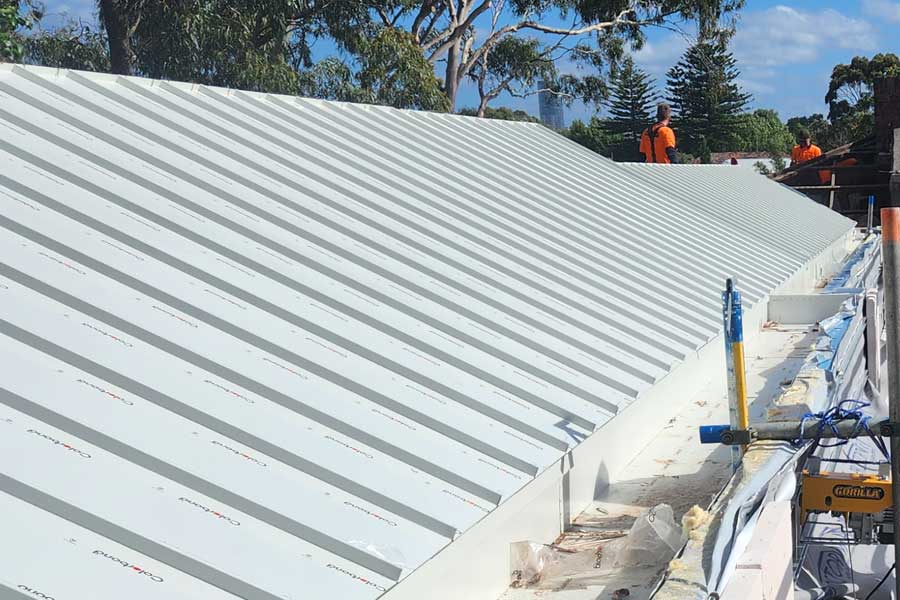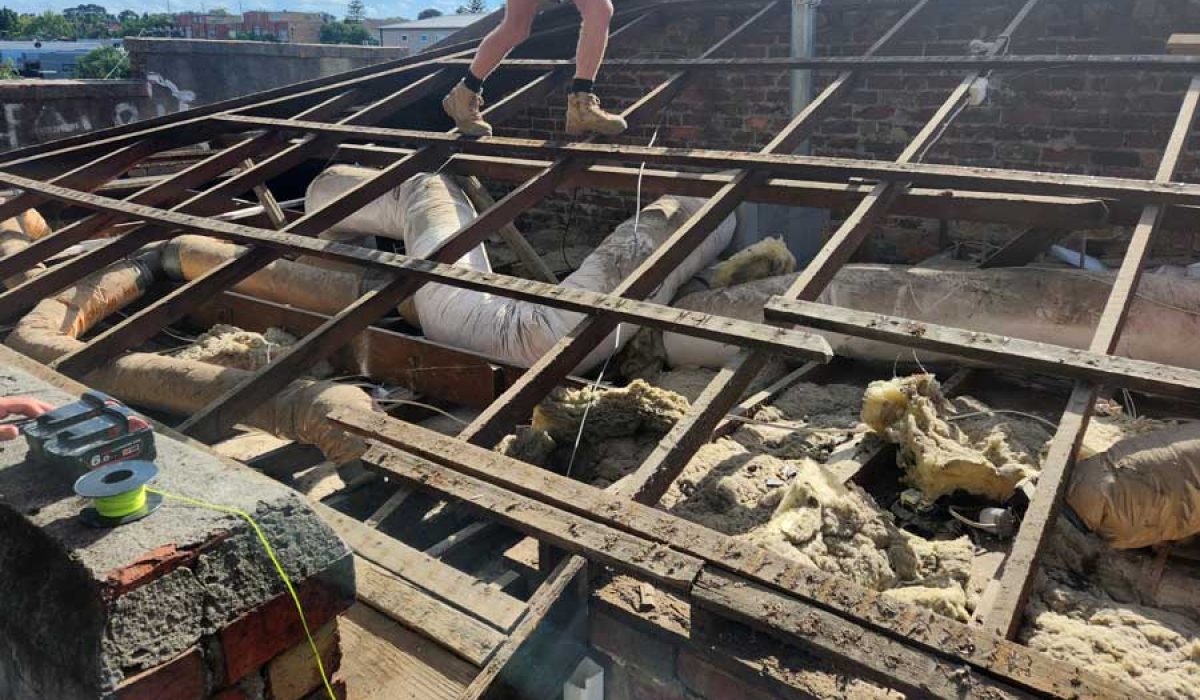For many Melbourne homeowners, understanding the time it takes to complete a roof replacement is essential, especially when planning around potential weather impacts, costs, and home convenience. Whether it’s due to aging, damages, or the desire to increase insulation efficiency, a roof replacement requires careful consideration and often involves several steps that affect the overall duration. Let’s explore what influences the timeline and the details Melbourne residents need to know when planning for roof repair or restoration.
Factors That Influence the Duration of Roof Replacement
The timeline for a roof replacement in Melbourne depends on various factors, including the roof’s condition, materials, accessibility, and the type of replacement required. Here’s an in-depth look at these key factors: 1. Roof Size and Design: The size and complexity of a roof can significantly impact the time required. Larger roofs naturally take longer to replace, while intricate designs with multiple slopes, angles, or architectural features may require more attention to detail, extending the process. 2. Type of Roofing Material: The material chosen for the new roof also plays a role. Common materials like tiles, metal, and asphalt shingles each have distinct installation processes. Metal roofing, for instance, may be quicker to install compared to tiles, which involve precise placement and attachment. Choosing durable materials tailored to Melbourne’s unique climate is essential and can influence how long the replacement will last. 3. Roof Accessibility: Access to the roof can either streamline or hinder the replacement process. A roof with easy access may allow teams to work more efficiently, while a home with limited access or surrounded by gardens, tall buildings, or fences might require extra setup time, adding hours or even days to the overall timeline. 4. Weather Conditions: Melbourne’s weather can be unpredictable, and rain or extreme temperatures can delay a roof replacement. Roofing contractors will usually avoid working on wet surfaces for safety reasons, so homeowners should expect potential weather-related delays. 5. Condition of the Existing Roof: If the existing roof is in poor condition, additional work may be required to repair underlying structures or to remove old materials thoroughly. Roof insulation might also be inspected and replaced if necessary, which can add time to the project.Typical Timeline for a Roof Replacement in Melbourne
 On average, a roof replacement for a standard Melbourne home typically takes between one to three days, assuming no significant delays. However, depending on factors like weather and material type, the timeline may extend. Here’s a breakdown of what Melbourne homeowners can expect from start to finish:
1. Pre-Assessment and Preparation: Before the actual replacement, the contractor will conduct a thorough inspection to evaluate the roof’s current state, identify any damage, and estimate the amount of work required. This initial assessment may take a few hours to a day, especially if roof insulation, gutters, or structural elements need review.
2. Removal of Old Roofing Material: The first major task in the replacement process involves removing the existing materials. This process generally takes a full day, as it requires careful removal to prevent damage to the underlying structure and to make way for any necessary repairs.
3. Structural and Roof Insulation Repairs: If there is significant damage underneath, additional work may be required to reinforce the structure. Many Melbourne homeowners opt to update or replace roof insulation at this stage to improve energy efficiency, which can add another day to the timeline.
4. Installing the New Roof: Once the old material is removed and repairs are complete, the new roofing material can be installed. This process may take one or two days depending on the type of roofing material, with tiles usually requiring more time than metal sheets due to individual placement and securing of each tile.
5. Final Inspection and Cleanup: After installation, a final inspection ensures that everything meets Melbourne building codes and quality standards. This step may take a few hours and usually involves removing debris and ensuring the site is clean and safe.
On average, a roof replacement for a standard Melbourne home typically takes between one to three days, assuming no significant delays. However, depending on factors like weather and material type, the timeline may extend. Here’s a breakdown of what Melbourne homeowners can expect from start to finish:
1. Pre-Assessment and Preparation: Before the actual replacement, the contractor will conduct a thorough inspection to evaluate the roof’s current state, identify any damage, and estimate the amount of work required. This initial assessment may take a few hours to a day, especially if roof insulation, gutters, or structural elements need review.
2. Removal of Old Roofing Material: The first major task in the replacement process involves removing the existing materials. This process generally takes a full day, as it requires careful removal to prevent damage to the underlying structure and to make way for any necessary repairs.
3. Structural and Roof Insulation Repairs: If there is significant damage underneath, additional work may be required to reinforce the structure. Many Melbourne homeowners opt to update or replace roof insulation at this stage to improve energy efficiency, which can add another day to the timeline.
4. Installing the New Roof: Once the old material is removed and repairs are complete, the new roofing material can be installed. This process may take one or two days depending on the type of roofing material, with tiles usually requiring more time than metal sheets due to individual placement and securing of each tile.
5. Final Inspection and Cleanup: After installation, a final inspection ensures that everything meets Melbourne building codes and quality standards. This step may take a few hours and usually involves removing debris and ensuring the site is clean and safe.
How Roof Replacement Differs from Roof Restoration
Melbourne homeowners often confuse roof replacement with roof restoration. While both involve significant work, restoration is typically faster, taking around one to two days. Roof restoration is suitable for roofs that are structurally sound but showing signs of wear. It involves repairing damaged sections, cleaning, and resealing the roof, which can extend the life of the roof without a full replacement. However, if the roof has extensive damage or poor insulation, a replacement may be the more practical solution.Planning for Roof Insulation During Replacement
Roof insulation is a key aspect that Melbourne homeowners should consider when replacing their roof. Proper insulation can improve energy efficiency, reduce heating and cooling costs, and increase overall comfort. Insulation installation is usually conducted alongside the roof replacement and adds minimal time to the overall project. Choosing high-quality insulation materials suited to Melbourne’s climate can make a significant difference in the performance and longevity of the roof.Costs Associated with Roof Replacement
The cost of a roof replacement in Melbourne varies based on the materials chosen, the size and complexity of the roof, and labour rates. Additionally, any repairs to underlying structures or insulation installation will affect the final cost. In general, homeowners can expect to pay more for materials like metal or tiles compared to asphalt, but these materials often provide better durability and protection against Melbourne’s weather conditions.What to Expect After the Roof Replacement
Once the roof replacement is complete, homeowners can expect an improved level of protection, comfort, and energy efficiency. In many cases, a new roof with updated insulation can lead to lower utility bills and an overall increase in property value. Regular maintenance and inspections are advised to keep the roof in optimal condition and to address minor issues before they escalate.













